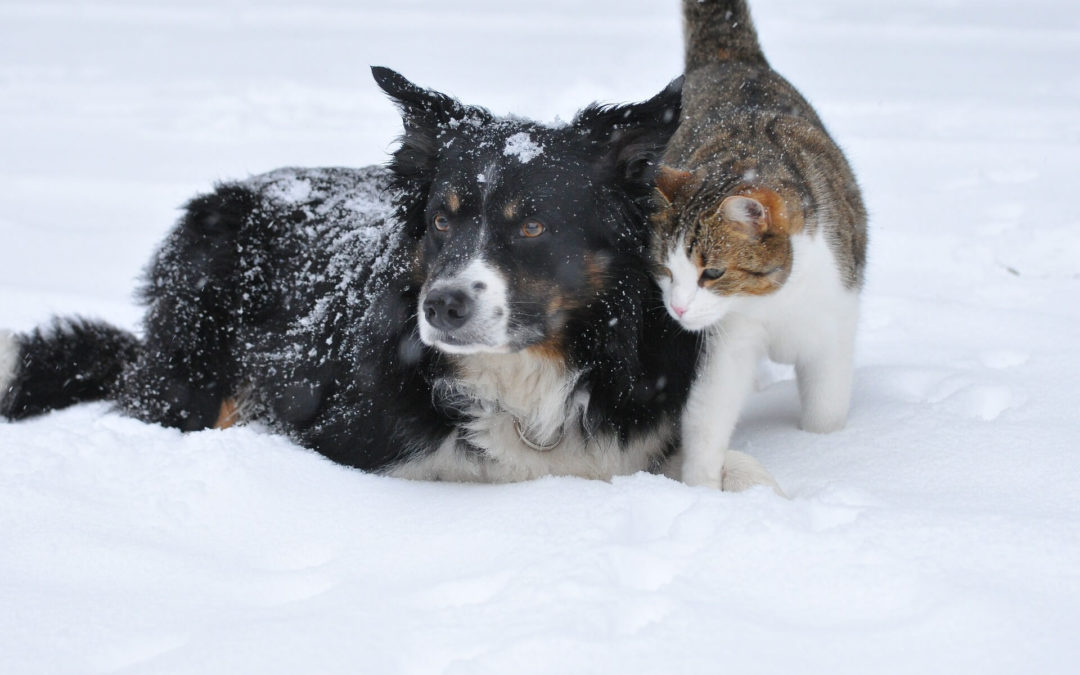The beginning of a new year is a great time to think about all the patients we helped, and which surgeries they required to get better.
This will give you a feel for which surgeries are most common.
So here are the top 10 surgeries at Harrisburg Regional (www.HRVSS.com).
1. ACL surgery
TPLO is THE most common surgery we perform, by far (Tibial Plateau Levelling Osteotomy).
But there are other techniques we can use, depending on what each individual patient needs:
. Lateral suture, or nylon repair
. TWO (Tibial Wedge Osteotomy)
. TTA (Tibial Tuberosity Advancement)
A common pitfall is to assume that a certain technique is appropriate for this size dog, or that weight, or that breed.
In reality, each procedure needs to be tailored to each pet. That’s the benefit of having access to different options.

2. Tumor removal
This list is sadly endless: in and under the skin, in the chest, in the bone (which requires amputation), in the belly (see below), in a toe…
Thankfully, not all tumors are cancerous, and we’ve removed many benign masses.
You can read more about Luke, who had jaw cancer surgery:
https://hrvss.com/how-luke-handled-radical-jaw-surgery/ and Abbey, who had lung cancer surgery: https://hrvss.com/abbey-thoracotomy/
3. Joint dislocations
The most common dislocation affects the kneecap, mostly in dogs, and occasionally in cats.
It causes pain by progressively destroying the cartilage. Other dislocations last year involved the pelvis (sacro-iliac luxation) and the hip.
4. Belly surgery
We performed belly surgery (aka laparotomy) for a variety of reasons:
- removing foreign bodies
- removing bladder stones
- removing body parts: gallbladder, benign or cancerous masses (liver, spleen, kidney…)
- allowing a dog to pee or a cat to poop
- taking biopsies (intestine).
A few wise clients who knew their dog is at risk for “bloat” (twisted stomach) requested a preventive procedure called a prophylactic gastropexy.
By tacking the stomach to the inside of the belly, we can prevent the twisting of the stomach.
It is a life-saving procedure that should be considered in Great Danes (the #1 breed for this disease), German shepherds, Labs, and several other large dog breeds.
5. Fractures
We’ve repaired a number of broken bones, mostly in the legs, and occasionally in other areas, such as the jaw.
Most pets jumped or fell, some were hit by a car. One was hit by a golf cart. Our youngest patient was a 3 week old pup!

6. Laryngeal paralysis
Dogs, mostly Labs, can have a condition that paralyzes their larynx, a.k.a. voice box, and causes them to suffocate. It’s a very stressful condition. Fortunately, surgery (a “tie back”) allows them to have a wider airway, which typically works very well. These patients quickly go from suffocating to being able to breathe comfortably.
7. FHO
FHO (Femoral Head Ostectomy) was performed in a variety of situations:
- hip dysplasia
- hip fractures
- deterioration of the bone (e.g. Legg Perthes disease) in small breed dogs.
During surgery, the “ball” of the hip (femoral head) is removed. Scar tissue then builds up to reconnect the thigh bone to the pelvis and allow the pet to function.
8. Amputation
The leg amputations we performed were due to:
- bone cancer (dogs and cats).
- fractures that were not treated surgically initially, and healed poorly.
We also amputated tails, toes… and the tip of a dog’s penis!
9. Hernias
A hernia is a condition where an organ ends up where it shouldn’t be. There are several types of hernias.
A perineal hernia is a condition where organs (mostly fat, occasionally intestine or even the prostate or the bladder) slip through weakened muscles in the pelvis, and slide along the rectum. The end result is a bulge on one side (or sometimes both sides) of the anus.
Why are the muscles weakened? Most of the time, the condition happens in unneutered dogs (rarely in females and neutered dogs). Therefore, we think that in most patients, testosterone from the testicles causes some muscles in the pelvis to shrink.
The best prevention is to neuter male dogs early in life.
10. TECA
Total Ear Canal Ablation (TECA) is the best solution for dogs (most often Cockers) and cats who have repeated ear infections. Those can be very painful and some of these pets become head shy or even aggressive.
Sadly, many of these dogs are treated, sometimes for years, with medications, which can’t even go down into the ear canal because it has become so swollen.
TECA is an invasive procedure, with possible complications, which fortunately works very well in the majority of patients.
Remembering some of the surgeries we’ve performed in 2021 is also a great time to give credit to the wonderful vets, nurses, and pet owners who have been caring for these cats and dogs.
Phil Zeltzman, DVM, DACVS, CVJ, Fear Free certified
www.HRVSS.com

